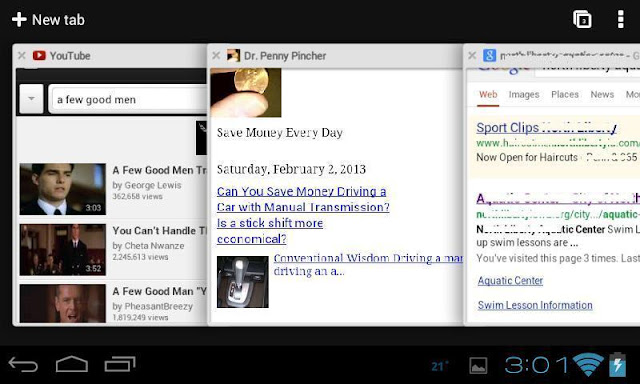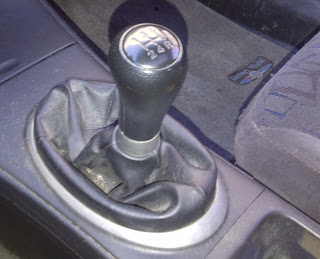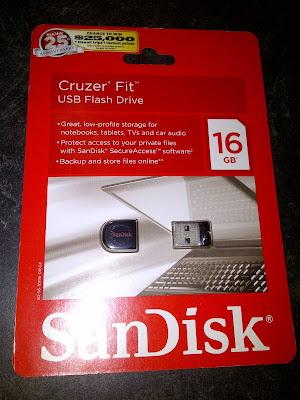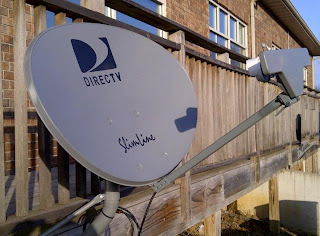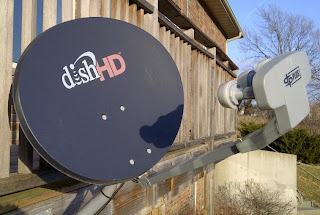 |
| Consignment Shop- Sell Your Used Items and Get Cash Image Source: Dr. Penny Pincher |
Consignment shops, also known as thrift shops, sell items on consignment. Here’s how consignment selling works:
- You give an item to the consignment shop to sell. You still own the item until it sells.
- The consignment shop evaluates the item and decides whether to accept the item
- The consignment shop sets a price for the item and places it on the sales floor
- When the item is sold, the shop gets a cut (usually 60%) and you get the rest of the sale price
- If the item doesn’t sell within a certain amount of time (for example 6 months) it is either donated to a charatible organization, recycled or thrown away, or returned to the owner
What types of items can be sold through consignment? Almost anything of value can be sold at a consignment shop. Some common items include:
- Clothes
- Furniture
- Tools
- Collectibles
- Seasonal decorations
- Books
- Sporting Goods
 |
| Inside a Consignment Store Image Source: Dr. Penny Pincher |
However, items that are not in demand will not be accepted for sale at consignment shops. These items may include:
- Out of style clothes
- Damaged items, stained items, or items in need of repair
- 8 track tapes
- VHS tapes
Selling your used items at a consignment shop has the following advantages:
- It is easy for the consigner- just drop off your items and the shop does the work of dealing with buyers and selling the items
- Recycling- instead of throwing things away, this gives someone else a chance to use the items
The disadvantages of selling at a consignment shop:
- The shop gets a pretty big cut- typically 60% of the sale price
- The shop sets the selling price- not the consigner
- The consignment shop may not accept your items for sale
- It can take a long time to sell an item
Step-by-step instructions: How to Sell Used Items at a Consignment Shop and Get Cash
1) Start an account at the consignment shop
You’ll need to provide your name address, and phone number to set up an account and sign a consignment agreement. Search the Internet or check the yellow pages for consignment shops or thrift shops in your area.
2) Bring your items to the consignment shop for evaluation
At some shops, you’ll need to make an appointment. The store will sort through which items they will accept and which they will reject. The rejected items will be returned to you. You can take the rejected items to another consignment store, donate them, or recycle/discard the rejected items.
3) Collect your payment
When your items sell, your account at the consignment shop will be credited. You may need your consigner account number in order to find out your balance and receive payment for your sold items. Some consignment shops have account balances on-line, so you can check any time without a trip to the store.
Recommended reading:
Garage Sale Tips- Buying and Selling
How to Ship Sold eBay Items
Amazon offer: The Garage Sale Millionaire: Make Money with Hidden Finds from Garage Sales to Storage Unit Auctions and Everything in Between
Garage Sale Tips- Buying and Selling
How to Ship Sold eBay Items
Amazon offer: The Garage Sale Millionaire: Make Money with Hidden Finds from Garage Sales to Storage Unit Auctions and Everything in Between










